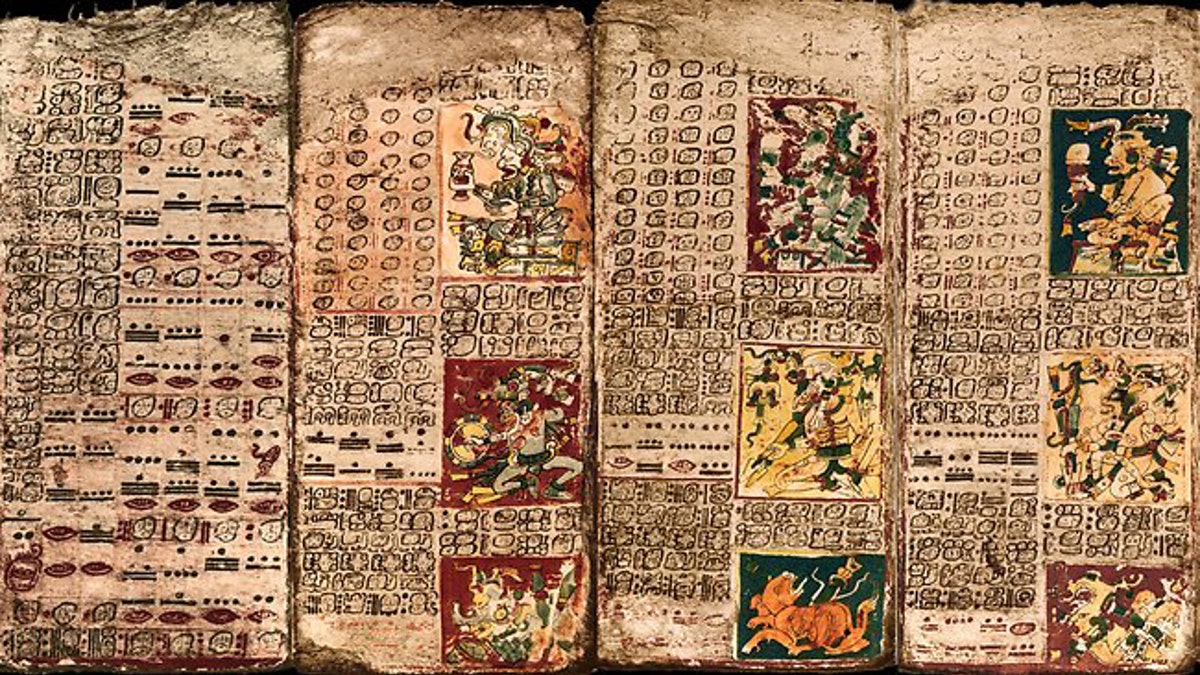
Pages from the Dresden Codex, one of only four Maya books known to have survived the Conquest.
Better grab your bucket list: There's less than 100 days left for you to finish it off -- if you believe in the Mayan apocalypse.
December 21 is the end of days. Or, perhaps it's the 23rd ... Interpreting the Mayan calendar is not a precision science. But what we know is the "Long Count" and "Dresden Codex" calendars of the ages of the Earth do expire in December. Maybe.
And, according to a thriving industry of books, television documentaries and web blogs, that means it's time to kiss everything goodbye.
New Agers around the world have been busy preparing for the event in recent years. Blast shelter sales have soared in the United States, and some remote villages have been cashing-in on the hype by offering "refuge" packages.
Exactly how the world will end is a confused topic, however.
Some say it will be consumed by a black hole. Some say it will be hit by an asteroid. Others say the ancient gods will return and consume everything in their rage.
Many ethnic Mayans dismiss the apocalyptic hype as a Western invention. Everybody knows that, rather than an end of time, the inscriptions refer to a new era, they say.
Mayan calendar math is also somewhat difficult to interpret.
It is based on a 260-day ceremonial cycle, the 365-day orbit of the Sun, the 584-day cycle of Venus and the 780-day cycle of Mars.
These were used to determine the "ages of the Earth," which varied between roughly 900 years through to 6,700 years in duration.
A measure of time popularized by New Age theorists is the baktun, a 144,000-day cycle that repeats only 13 times on the Dresden Codex. And this is the basis for the "end of the world" speculation for December 21.
Besides, calendars older than the "Long Count" -- such as that found at Xultun in Guatemala -- cast their counts some 7,000 years into the future. Xultun predates the Codex by some 500 years.
And, like our calendars, the end of the page does not mean the end of the world.
"It's like the odometer of a car, with the Maya calendar rolling from the 120,000 to 130,000," said Anthony Aveni, professor of astronomy and anthropology at Colgate University in a report earlier this year. "The car gets a step closer to the junkyard as the numbers turn over; the Maya just start over."
So, it's time to quickly get that bucket list together and start enjoying yourself.
The Earth is due for a trade-in.
